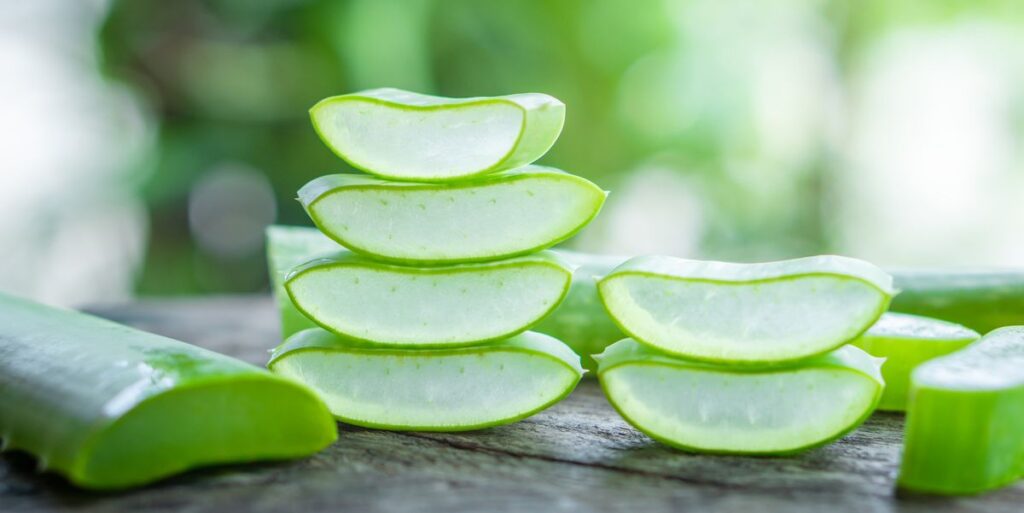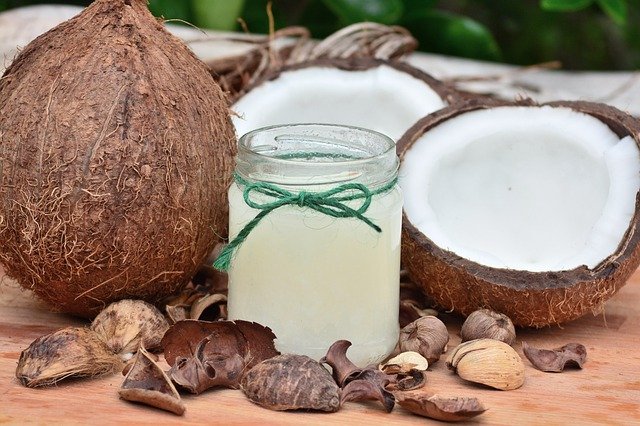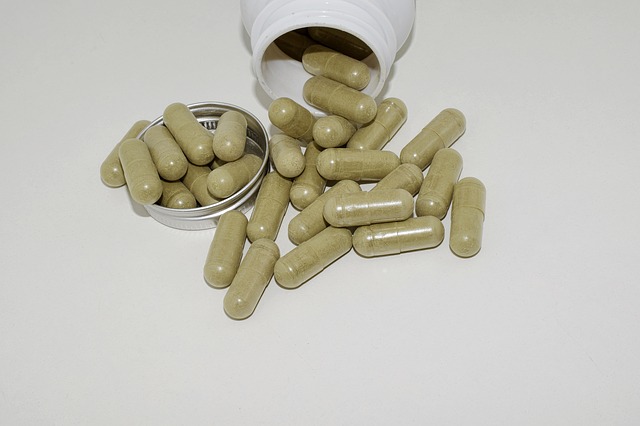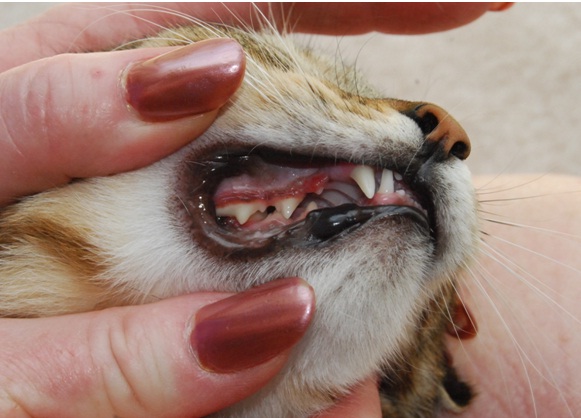Research by Cornell University Veterinary Department says that 50-90% of kitties develop gum disease by the time they are four years old.
The most notorious oral conditions include gingivitis, tooth resorption, and periodontitis.
Gingivitis is where your cat’s gums appear red and swollen.
Initially, plaque forms around the kitty’s gum. Over time, these are filled with bacteria that cause swelling and irritation of the gums.
When you see plaque hardening into yellow tartar, you know gum disease is around the corner.
Gingivitis is characterized by redness and swelling of the gum line, yellow coating on the cat’s teeth, pawing at the face, bad breath, and difficulty in chewing hard foods.
It is very painful for your cat and can cause her to resent food, drool, and develop halitosis or bad breath.
Cats with stomatitis (which is inflammation of the entire mucus lining in the mouth) may also have red gums.
The inflammation often spreads from the gums to other areas of the cat’s mouth, including lips, tongue, and roof of the mouth. It may also extend to the back of the mouth and even deeper tissues.
The condition is thought to be caused by an immune response to plaque on the teeth.
Besides redness and inflammation of the gums, other signs of stomatitis include drooling, difficulty in eating, decreased grooming, and weight loss.
Luckily, gingivitis and stomatitis are some of the first stages of feline periodontal disease in cats and are thus reversible with the right treatment.
However, if not addressed on time or treated appropriately, periodontitis can result in tooth loss.
To ensure that your feline’s gums remain healthy throughout her life, here is a quick overview of the top cat red gums remedies you can try today.
1. Change Your Cat’s Diet

Oral health is related to diet in more ways than one. That is why dentists are always telling us to stay away from sugar-filled foods and junk and eat more veggies and fruits.
The same rings true for your kitty. Certain pet foods attract bacteria and cause gum disease.
These often include foods high in preservatives, bad fat sources, low-grade meats, and cheap fillers such as sugar, melamine, and crushed nutshells.
To reduce the progression of gingivitis, the first thing would be to change your cat’s diet to include more raw meat and bones.
These give her a wholesome nutrition regimen, keep their teeth clean, and their little gums healthy.
Try to stay away from starches and carbohydrates. Things like apples, celery, and carrots also help remove bacteria and clean the teeth.
If your kitty is a fruit lover, feed her citrus fruits, berries, and melons.
Also, supplement her diet with vitamin C to inhibit the growth of bacteria.
Fresh mint, spearmint, peppermint, and cilantro also discourage microbial activity in the mouth.
2. Brush Your Cat’s Teeth
Oral hygiene begins with brushing your feline’s teeth with good toothpaste and mouthwash regularly.
Out of all strategies for keeping clean teeth, this is perhaps the most effective.
The unfortunate thing is that most kitties don’t enjoy brushing very much. To be successful, you would need to brush your kitty’s teeth at a tender age.
These feisty beings don’t like having their mouths touched leave alone allowing you to brush their teeth.
They kick up a mammoth fuss the minute they see a toothbrush headed their way.
However, with a little patience and commitment, you can teach your kitty to get comfortable with brushing her teeth.
Start by dipping a cotton ear swab into a tuna can and run it through her teeth.
The tuna juice leaves a pleasant taste in her mouth and may get her to cooperate.
Do that for a few days until she adapts after which you can introduce a feline toothbrush dipped in tuna juice.
Proceed to cat toothpaste when your friend gets comfortable with a toothbrush inside her teeth and gums.
If your feline friend still doesn’t cooperate or if the cause of the red gums is stomatitis (which is often too painful to tolerate brushing), we recommend using dental water additives instead.
These are excellent no-brush solutions that go straight into your cat’s water bowl to fight plaque buildup.
Here are the best options to consider: 10 Best Cat Dental Water Additives.
3. Aloe Vera And Hydrogen Peroxide Solution

Here’s another home remedy that can help fight bacteria in your cat’s teeth and gums.
Hydrogen peroxide is a powerful antiseptic and antibacterial. It is effective in inhibiting all forms of microorganisms including stubborn bacterial that have made your cat’s teeth their home.
On the other hand, the aloe vera gel soothes sore gums and gives your cat relief from the pain and discomfort.
Mix equal parts of aloe vera and 3% hydrogen peroxide in a spray bottle and shake it well.
Use this solution on the cat before she goes to bed for the best results.
You can apply it directly on the teeth and gums or dip a cotton swab into it and run it on the teeth.
After dinner, the solution is likely to work better because there is no more interference from eating and drinking.
4. Coconut Oil

Coconut oil is rich in lauric acid, which is known to have potent anti-inflammatory and antimicrobial properties, which fights plaque buildup and gingivitis.
Coconut oil is also believed to aid digestion and boost skin and coat health in pets.
Mix two drops of the oil (or 1 teaspoon per 10 lbs.) with a tablespoon of water and apply on your cat’s gums 2-3 times daily.
Alternatively, mix the oil into your cat’s food.
The good news is that coconut oil has a low melting point, so you can put it into cat food both in liquid and solid forms.
5. Calendula Oil
If your fur baby’s gums are bleeding or appear to be swollen, consider using a cotton swab dipped in calendula oil.
The essential oil is a great microbial and will fight any infection that takes root in the teeth and gums.
The oil is also famed for its excellent soothing effects, thanks to its ability to fight free radicals (which are byproducts of inflammation).
Clinical experience with oil also suggests that it can accelerate wound healing in pets.
You can also use Echinacea and feverfew on the gums twice or thrice a day for relief.
Grapefruit is also an antimicrobial, antifungal, and antiparasitic, making it a great remedy for a cat with gingivitis.
6. Immune Support Supplements

As aforementioned, stomatitis in cats is directly linked to allergies (tooth plaque allergy—to be precise).
Using supplements that can reduce your cat’s allergic reaction can, therefore, go a long way in minimizing inflamed and red gums.
Supplements like Tomlyn Immune Support L-Lysine and Immune-Tree Colostrum Probiotic can not only support your cat’s immune system but also quiet her allergic reaction naturally.
Combining these supplements with a hypoallergenic diet can give your cat the much-needed relief she needs from red gums.
7. Ask For Veterinary Help
A visit to the vet is a must when your cat has red and swollen gums. They should be able to do an oral exam to establish the severity of the condition.
The exam entails assessing the entire oral activity including the gums, teeth, mouth, and tongue.
The cat is put under anesthesia for the procedures. If the tartar buildup is huge, the vet may resort to removing it under general anesthesia.
They will remove all the deposits and clean the teeth surfaces ultrasonically.
The tissues beneath the gums need a thorough cleaning to get rid of any accumulated product.
If the gingivitis has proceeded to the next stage of being stomatitis, the vet may extract a damaged tooth to keep bacteria at bay.
Going forward, you will need to brush your kitty daily to get rid of plaque buildup.
Avoid using human toothbrushes and kinds of toothpaste as they have substances that can harm your fur baby.
Lucky for you, pet toothpaste come in many flavors that cats love so much. These include seafood, malt, and chicken.
Additionally, keep some dental treats designed to minimize plaque and tartar buildup.
Parting Thoughts
Good dental care is one of the best gifts you can gift your furry friend.
If left untreated, gingivitis can lead to worse dental problems including teeth loss and a poor quality of life.
Thankfully, there are enough remedies for the condition. It only requires commitment, effort, and time on your part but it ensures your kitty enjoys a long healthy life free from gum disease.
Related Posts:
10 Home Remedies for Cat Tartar
Kitten Teeth vs. Cat Teeth: 5 Most Important Differences Every Kitty Owner Should Know

Hi! I am Eleanor Price. I started this website after my cat, Louie, almost died from a case of botulism (a type of food poisoning often caused by bacteria that grow on food items). Turned out that my cat’s diet was the problem. I have made it my duty to provide the best information and recommendations about everything cat lovers need to know about their felines’ health and wellbeing. My goal is to find the most informative content on anything feline-related and share it with fellow hardworking kitty lovers.

